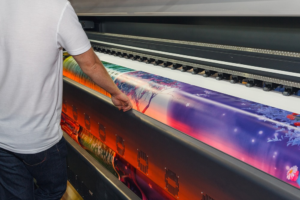The concept of convertible garments holds great potential in terms of versatility and sustainability. Understanding consumer behaviour and expectations surrounding these items is crucial for their successful adoption and integration into the market.
Key aspects to consider include:
- Functionality: How well does the garment convert, and does it maintain its style and quality in different forms? Consumers would expect seamless transitions and durability in both forms.
- Value Proposition: Is the price justified by the garment’s versatility? Consumers will assess whether the added cost for a convertible piece aligns with its benefits and longevity.
- Usability: How easy is it to convert the garment? If it’s too complicated or time-consuming, it might deter potential buyers.
- Fashion and Style: Does the convertible garment align with current trends or offer timeless appeal? Versatility should not compromise aesthetics.
- Material and Sustainability: Are the materials used sustainable and environmentally friendly? Today’s consumers are increasingly conscious of the ecological impact of their purchases.
By delving deeper into these aspects and conducting thorough market research, manufacturers can better understand consumer preferences and expectations. This understanding is essential for refining product design, marketing strategies, and pricing to ensure successful adoption of convertible garments in the fashion industry.
What is a convertible garment?
A convertible garment, in essence, refers to clothing that can be worn in multiple ways or transformed into different styles, offering various functionalities or aesthetic variations. Unlike reversible garments that simply turn inside out to present a different look, convertible garments employ manipulative techniques like wrapping, twisting, folding, or binding to achieve multiple styles or functions.
The advantages of convertible garments are multifaceted:
Versatility: They offer diverse styling options, providing the wearer with multiple looks from a single piece of clothing. This versatility caters to various occasions and preferences.
Cost-Effectiveness: By reducing the need for buying additional garments for different occasions or styles, they save consumers money. The concept of ‘two or more pieces for the price of one’ contributes to lower cost per wear.
Convenience: Particularly beneficial for busy individuals or travellers, convertible garments offer functionality and carry-on friendliness, allowing for light travel without sacrificing style options.
Sustainability: These garments contribute to sustainability by extending the product lifecycle. They’re designed to outlast fashion trends, minimizing the frequency of purchases and reducing the environmental impact.
Decision Simplification: Having fewer pieces but more styling options minimizes decision-making stress when choosing outfits, making dressing up more straightforward and efficient.
Understanding the advantages and consumer behaviour towards convertible garments is crucial for both consumers and retailers. For consumers, it offers a way to personalize their fashion without frequent purchases, while for retailers, it presents an opportunity to attract consumers with innovative, versatile clothing options, potentially boosting revenue.
The “cost per wear” calculation, where the price of the garment is divided by the number of times it’s worn, becomes favourable with convertible clothing due to their multiple functionalities. These metric influences shopping habits by highlighting the value and utility of each clothing item.
Overall, the concept of convertible garments seems to align well with contemporary consumer needs, offering practicality, sustainability, and style diversity, leading to a shift in shopping habits towards more versatile and long-lasting fashion choices.


